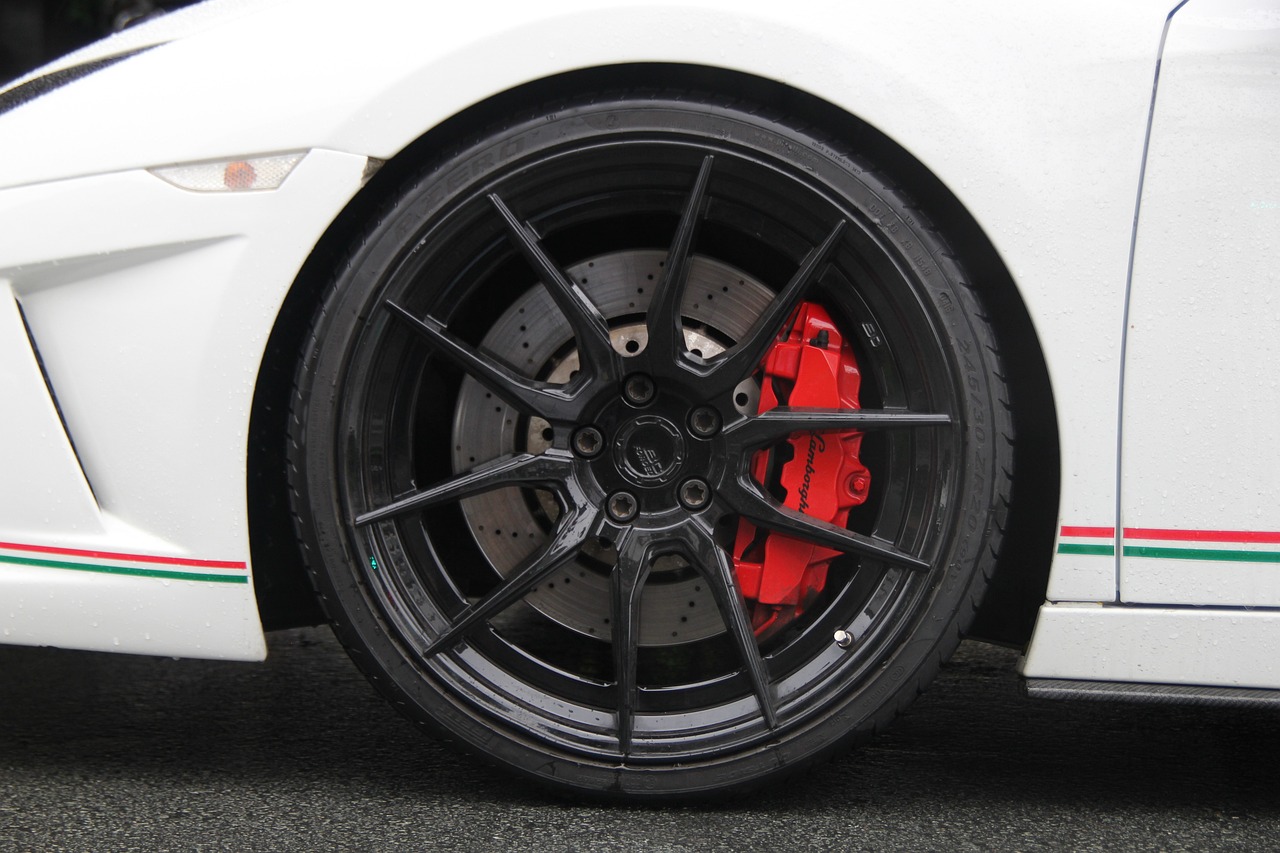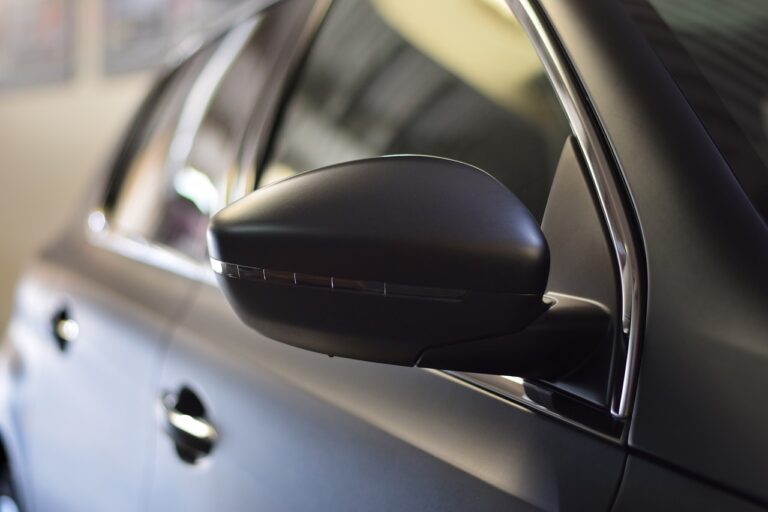The Role of Automotive Design in Brand Identity
When it comes to automotive design, one of the key elements that designers focus on is functionality. Ensuring that a vehicle not only looks visually appealing but also performs well and meets the needs of its users is essential in the design process. This includes considerations such as the layout of controls, visibility, comfort, and overall usability of the vehicle.
Another crucial element in automotive design is aerodynamics. Designers work to streamline the shape of the vehicle to reduce air resistance, which can improve fuel efficiency and overall performance. Aerodynamics also play a role in the vehicle’s stability at high speeds and can impact the overall driving experience for the user. By carefully considering aerodynamics in the design process, designers can create vehicles that are not only efficient but also aesthetically pleasing.
Historical Evolution of Automotive Design
The evolution of automotive design over the years has been a fascinating journey marked by significant changes and innovations. In the early days of the automotive industry, vehicles were primarily utilitarian in design, focusing on functionality rather than aesthetics. However, as technology advanced and consumer preferences shifted, automakers began to place more emphasis on the visual appeal of their vehicles.
One notable turning point in automotive design was the introduction of the concept of aerodynamics. This concept revolutionized the way vehicles were shaped, leading to sleeker and more streamlined designs that not only looked visually appealing but also improved fuel efficiency and performance. As time went on, designers began to experiment with new materials, colors, and features, leading to the diverse range of styles and designs we see in the automotive industry today.
What are some key elements of automotive design?
Some key elements of automotive design include exterior styling, interior layout, aerodynamics, safety features, and functionality.
How has automotive design evolved throughout history?
Automotive design has evolved from simple and utilitarian designs in the early days of the automobile to more sleek and aerodynamic designs with advanced technology and safety features in modern vehicles.
What role does technology play in automotive design?
Technology plays a significant role in automotive design by allowing for the integration of advanced features such as infotainment systems, autonomous driving capabilities, and energy-efficient engines.
How do cultural influences impact automotive design?
Cultural influences play a significant role in automotive design by shaping the preferences and trends of different markets, leading to variations in design aesthetics and features based on regional tastes.
What are some examples of iconic automotive designs throughout history?
Some examples of iconic automotive designs throughout history include the Ford Model T, the Volkswagen Beetle, the Chevrolet Corvette, and the Ferrari Testarossa.





